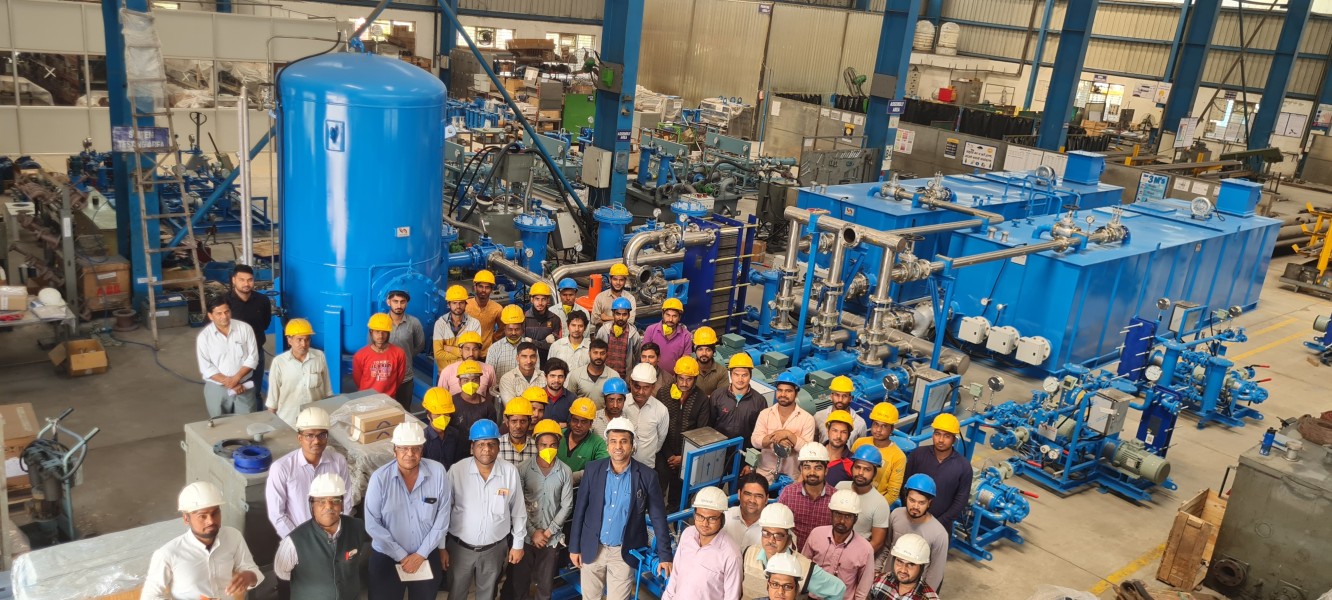

In the realm of machinery and equipment, lubrication plays a crucial role in ensuring smooth operation and longevity. A well-maintained lubrication system not only reduces friction but also prevents wear and tear, heat buildup, and corrosion. However, despite its importance, lubrication systems encounter several challenges that can impede their effectiveness. In this blog, we will explore some common challenges faced by lubrication systems and strategies to overcome them.
Contamination:
Contamination is one of the primary challenges in lubrication systems. Foreign particles such as dust, dirt, water, and debris can infiltrate the lubricant, leading to abrasive wear and component damage. To combat contamination, implement regular maintenance practices such as filtration, sealing, and keeping the surrounding environment clean. Additionally, using high-quality filters and breather caps can help minimize the ingress of contaminants into the system.
Improper Lubricant Selection:
Using the wrong type or grade of lubricant can significantly impact the performance of a lubrication system. Different machinery requires specific lubricants tailored to their operating conditions, temperatures, speeds, and loads. Conduct thorough research or consult with lubricant specialists to select the most suitable lubricant for your application. Regularly monitor lubricant condition and viscosity to ensure optimal performance and longevity.
Over-Lubrication or Under-Lubrication:
Finding the right balance between over-lubrication and under-lubrication is crucial for maintaining an efficient lubrication system. Over-lubrication can lead to excess grease/oil accumulation, increased friction, energy loss, and overheating, while under-lubrication can cause premature wear and equipment failure. Develop a lubrication schedule based on manufacturer recommendations, operating conditions, and equipment performance. Implement condition-based monitoring techniques such as oil analysis and vibration analysis to detect signs of over-lubrication or under-lubrication and adjust lubrication intervals accordingly.
Lack of Maintenance:
Neglecting regular maintenance is a common pitfall that can result in lubrication system failures. Establish a comprehensive maintenance program that includes routine inspections, lubricant analysis, component cleaning, and replacement of worn parts. Train personnel on proper lubrication techniques, equipment operation, and safety protocols. Incorporate maintenance tasks into the overall equipment maintenance schedule to ensure consistency and reliability.
Temperature Extremes:
Extreme temperatures can have a detrimental effect on lubricant performance and viscosity, leading to inadequate lubrication and increased friction. In cold environments, lubricants may thicken, impairing flow and lubrication effectiveness, while in hot environments, lubricants may thin out, reducing film strength and protection. Choose lubricants with appropriate viscosity grades and temperature ranges for the operating conditions. Install insulation or cooling systems to regulate temperature levels within the lubrication system enclosure. Monitor temperature variations regularly and adjust lubricant selection and system settings accordingly.
Corrosion and Oxidation:
Corrosion and oxidation can degrade lubricants over time, compromising their lubricating properties and causing equipment damage. Implement preventive measures such as using corrosion-inhibiting additives in lubricants, storing lubricants in sealed containers, and maintaining proper ventilation to minimize moisture accumulation. Perform regular oil analysis to detect signs of oxidation and corrosion and replace lubricants as needed. Consider installing desiccant breathers and humidity control systems to mitigate moisture ingress and prolong lubricant life.
Conclusion:
In conclusion, lubrication systems are integral components of machinery and equipment, ensuring smooth operation, longevity, and reliability. However, they face various challenges that can impact their performance and effectiveness. By understanding these challenges and implementing proactive measures such as proper lubricant selection, contamination control, maintenance, and temperature regulation, you can overcome these obstacles and optimize the performance of your lubrication system. Remember, a well-maintained lubrication system not only enhances equipment efficiency but also reduces downtime and maintenance costs, ultimately contributing to improved productivity and profitability.
